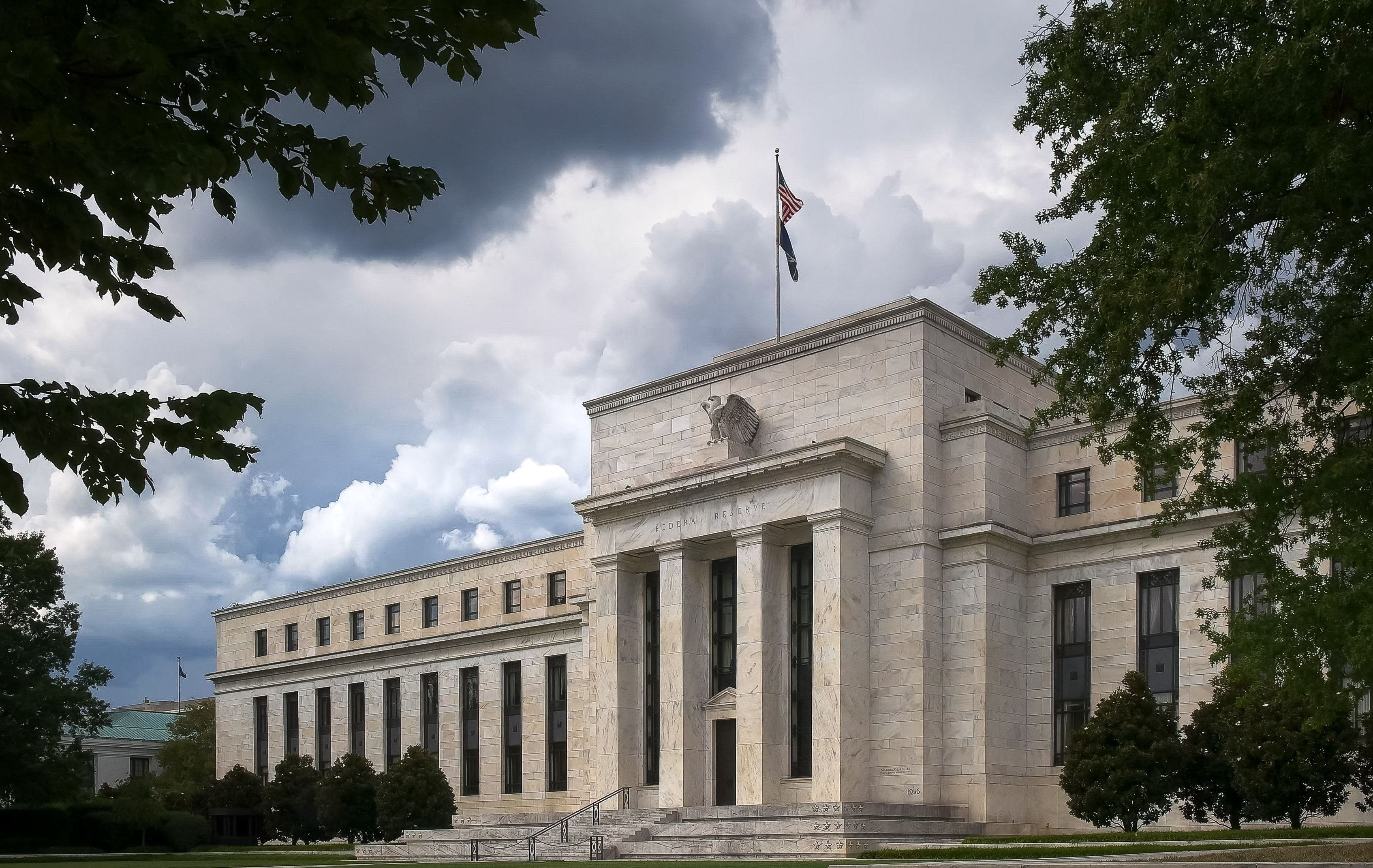Interview: John Hussman
Market observation -- not market timing -- helps the manager of a top-performing fund.

Among mutual fund managers, John Hussman, who runs Hussman Strategic Growth (symbol HSGFX), has one of the best records of correctly judging when stocks will pay off and when they'll deliver lemons. From its inception in 2000 through June 5, Hussman's unconventional fund gained 8.9% annualized. Over the same period, Standard & Poor's 500-stock index lost an average of 3.1% per year.
KIPLINGER'S: Do you consider yourself a market timer?
HUSSMAN: No.
From just $107.88 $24.99 for Kiplinger Personal Finance
Be a smarter, better informed investor.

Sign up for Kiplinger’s Free Newsletters
Profit and prosper with the best of expert advice on investing, taxes, retirement, personal finance and more - straight to your e-mail.
Profit and prosper with the best of expert advice - straight to your e-mail.
How does what you do differ from market timing?
I don't believe that investors can pick bottoms or tops, or forecast the market's direction over a short period. I do believe that when stocks are cheap, they tend to produce higher returns over a horizon of seven to ten years, and when they are richly valued, they tend to produce poor returns. Over shorter periods of time, valuations still matter, but investors' willingness to bear or avoid risk becomes much more important to the market's likely returns. I try to identify prevailing conditions in the market.
What indicators do you follow?
On valuation, I compare stock prices of the overall market with the long-term stream of cash flows I expect the underlying companies to generate. The best way to identify investors' attitudes toward risk is through market behavior, as evidenced by technical indicators.
For example, a market that advances on strong volume across a wide spectrum of individual stocks, industries and security types indicates investors' willingness to accept risk. When you see trading volume shrink as the market advances but expand as the market declines -- or when you see that uniformity of advances across sectors break down -- it's a signal that investors are becoming more risk-averse. This can happen even when the overall market is hitting new highs.
How do you put your views to work?
Strategic Growth is usually fully invested in a diversified group of individual stocks, but I can hedge by selling short the S&P 500 and other indexes using index futures or a combination of put and call options. However, this is not a bear fund, so the value of the fund's short positions will never exceed the value of its long stock holdings.
How is the fund positioned now?
It is fully hedged. [In early June,] with the S&P 500 at about 940, stocks are slightly overvalued. They're priced to deliver total returns of 8% annually over the next decade. Also, the advance we've seen over the past few months has been gradually losing support.
Are you suggesting we're on the verge of another tumble?
No, that's not a forecast that stocks must or will go down, just that the market's risk-reward profile now isn't particularly favorable. If you look at post-crash markets, they don't usually form a V. The market crashes, you have huge advances off the lows, stocks settle down and then you have another advance.
Profit and prosper with the best of Kiplinger's advice on investing, taxes, retirement, personal finance and much more. Delivered daily. Enter your email in the box and click Sign Me Up.

-
 Stocks Swing in Volatile Session: Stock Market Today
Stocks Swing in Volatile Session: Stock Market TodayThe main indexes fell sharply in early trading on rising China tensions, but rebounded thanks to encouraging bank earnings.
-
 Don't Miss Out! A Quiz on Medicare Enrollment Deadlines
Don't Miss Out! A Quiz on Medicare Enrollment DeadlinesQuiz Test your basic knowledge of Medicare enrollment periods in our quick quiz.
-
 How to Invest for Rising Data Integrity Risk
How to Invest for Rising Data Integrity RiskAmid a broad assault on venerable institutions, President Trump has targeted agencies responsible for data critical to markets. How should investors respond?
-
 What Tariffs Mean for Your Sector Exposure
What Tariffs Mean for Your Sector ExposureNew, higher and changing tariffs will ripple through the economy and into share prices for many quarters to come.
-
 How to Invest for Fall Rate Cuts by the Fed
How to Invest for Fall Rate Cuts by the FedThe probability the Fed cuts interest rates by 25 basis points in October is now greater than 90%.
-
 Are Buffett and Berkshire About to Bail on Kraft Heinz Stock?
Are Buffett and Berkshire About to Bail on Kraft Heinz Stock?Warren Buffett and Berkshire Hathaway own a lot of Kraft Heinz stock, so what happens when they decide to sell KHC?
-
 How the Stock Market Performed in the First 6 Months of Trump's Second Term
How the Stock Market Performed in the First 6 Months of Trump's Second TermSix months after President Donald Trump's inauguration, take a look at how the stock market has performed.
-
 Fed Leaves Rates Unchanged: What the Experts Are Saying
Fed Leaves Rates Unchanged: What the Experts Are SayingFederal Reserve As widely expected, the Federal Open Market Committee took a 'wait-and-see' approach toward borrowing costs.
-
 Fed Sees Fewer Rate Cuts in 2025: What the Experts Are Saying
Fed Sees Fewer Rate Cuts in 2025: What the Experts Are SayingFederal Reserve The Federal Reserve cut interest rates as expected, but the future path of borrowing costs became more opaque.
-
 Fed Cuts Rates Again: What the Experts Are Saying
Fed Cuts Rates Again: What the Experts Are SayingFederal Reserve The central bank continued to ease, but a new administration in Washington clouds the outlook for future policy moves.